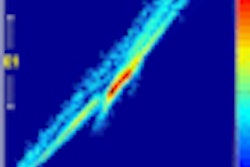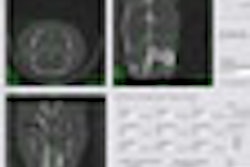CT has solidified its position in clinical areas from trauma to the detection of coronary artery disease, while CT colonography (also known as virtual colonoscopy) has made headway on the acceptance scale. Meanwhile, concerns about radiation exposure are prompting radiologists and vendors to redouble their efforts to reduce dose.
One such effort is Image Gently, a campaign launched in January 2008 by the Alliance for Radiation Safety in Pediatric Imaging. The campaign seeks to provide education and awareness that will lead to reduced radiation dose in children, recognizing that using adult protocols for CT scans of pediatric patients is less than ideal.

Another issue with coronary CTA is its expense relative to standard of care, which at present is a battery of other modalities and tests, such as ECG gating, cardiac enzyme tests, stress testing, and catheterization. Several recent studies, however, have indicated that coronary CTA could actually produce lower overall cost of care than traditional treatment.
On another front, the adoption of portable CT has made significant strides, especially for neuroradiology and intraoperative applications. Because moving a patient to a stationary CT scanner requires expert staff in attendance, bringing the scanner to the patient has been shown to reduce overall expenses. In one analysis of 501 scans performed using a portable scanner, estimated personnel costs were reduced from $58,700 for the conventional scanner to $4,500 with the portable alternative.
Virtual colonoscopy is another new promising CT application that's gaining traction. The results of an American College of Radiology Imaging Network (ACRIN) trial published in the September 2008 issue of the New England Journal of Medicine suggest that the accuracy of virtual colonoscopy was comparable to traditional optical colonoscopy in detecting clinically significant polyps.
Besides the obvious advances in several clinical applications, clinicians continue to explore the many facets and capabilities of multidetector-row CT scanners. Moving forward, better image resolution, reduced dose, greater speed of acquisition, and wider acquisition volumes are developments to look forward to at this year's RSNA meeting.



















